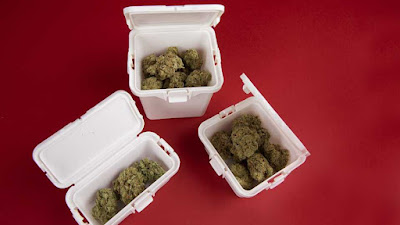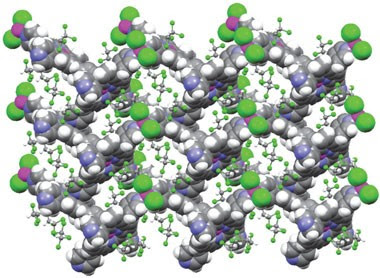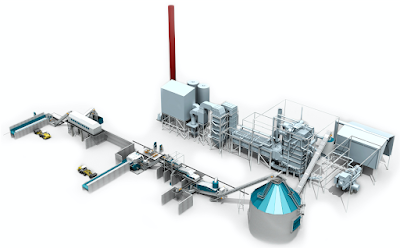Wrapped in Wellness: Creative Cannabis Packaging Solutions

Cannabis Packaging In the ever-expanding landscape of cannabis products, packaging plays a crucial role not only in preserving the integrity of the product but also in shaping consumer perception and experience. "Wrapped in Wellness: Creative Cannabis Packaging Solutions" delves into the innovative approaches taken by cannabis companies to merge functionality with wellness-centric design principles, enhancing both the aesthetic appeal and therapeutic value of their products. One of the primary considerations in Cannabis Packaging is the preservation of potency and freshness. As cannabis products range from dried flowers to edibles and concentrates, packaging solutions must cater to the specific needs of each product type. Creative solutions such as airtight containers, UV-resistant jars, and moisture-controlled pouches ensure that the potency and flavor profiles of cannabis products remain intact, delivering a consistent and enjoyable experience for consumers. However,








